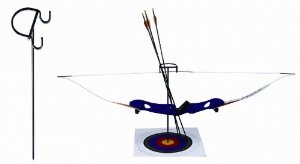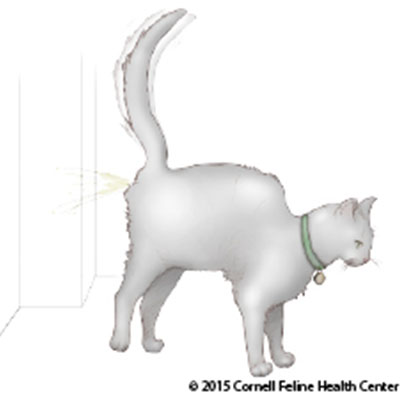

RBCS = red blood cells ALP = alkaline phosphatase AST = aspartate transaminase ALT = alanine transaminase CK = creatine kinase USG = urine specific gravity. At this point the veterinary team were still unclear why these changes were causing the cat’s clinical signs, so imaging studies were performed to investigate the hypochloraemic metabolic alkalosis, as proximal GI obstruction seemed a likely possibility. Base excess and ionised calcium were not measured. Venous blood gases (performed in-house after 1 h on IV fluids) revealed a mixed acid–base disturbance, with an alkalaemia (pH 7.42 reference interval 7.24–7.40), metabolic alkalosis (HCO 3 31.2 mmol/l RI 22.0–24.0 mmol/l) and compensatory respiratory acidosis (PCO 2 53.0 mmHg RI 34.0–38.0). Jugular venous blood gas analysis was then performed and methocarbamol (250 mg Robaxin, Bomac Laboratories) was administered per rectum, which resulted in a gradual reduction in muscle tremors, fasciculations, and heart rate and body temperature.īlood test results revealed severe hypochloraemia, hyponatraemia, increased bicarbonate concentration, azotaemia, mild hyperproteinaemia, haemoconcentration and normal total calcium ( Table 1).

As IV diazepam did not impact on the cat’s signs, intermittent boluses of alfaxalone (Alfaxan Jurox) totalling 10 mg were administered over 40 mins, with little improvement in muscle fasciculations. While awaiting blood test results, the cat was administered diazepam (two doses of 2.5 mg IV, 10 mins apart Pamlin, Ceva). Intravenous (IV) fluid therapy was started using compound sodium lactate (Hartmann’s solution Baxter Viaflex) at 10 ml/kg/h and blood was collected for urgent in-house analysis of serum biochemistry and haematology. Thirty minutes later, on presentation at the referral hospital, the cat was laterally recumbent and non-responsive with generalised muscle fasciculations and limb rigidity, tachycardia and hyperthermia (rectal temperature 40.9✬) (see video in the supplementary material). A few minutes later the cat became progressively more lethargic with worsening muscle tremors so the cat was transferred immediately to a referral hospital.

Methadone (Methadone Ilium) was administered subcutaneously (1.2 mg 0.2 mg/kg) for sedation and analgesia and blood for serum biochemistry and haematology was obtained by jugular venepuncture and sent to an external laboratory for urgent analysis. Neurological and musculoskeletal examination revealed mild tetraparesis with equivocally slow proprioception, occasional muscle tremors and normal cranial nerve function. The cat was normothermic (rectal temperature 38.4✬). On physical examination the cat was quiet but alert with normal thoracic and cardiac auscultation (heart rate 196 beats per min, respiratory rate 36 breaths per min), marked dehydration (approximately 10%) and was tense and painful on cranial abdominal palpation.

The cat was housed indoors predominantly with no known exposure to toxins. 3, 4 This case report presents a novel clinical presentation of a feline GI obstruction in which the initial clinical signs were severe muscle tremors and fasciculations reminiscent of permethrin intoxication but demonstrated subsequently to be related to hypochloraemic metabolic alkalosis due to complete proximal intestinal obstruction.Īn 18-month-old, female spayed, Australian Mist cat (5.4 kg) presented to a first-opinion branch practice with a 24 hrs history of lethargy, inappetence, muscle tremors on handling and a single vomit. Important diagnostic possibilities for muscle tremors and fasciculations in cats include intoxications (organophosphates, carbamates, organochlorines, strychnine, pyrethrins and pyrethroids, mycotoxins), metabolic derangements (hypoglycaemia, hypocalcaemia, hypokalaemia, hepatic encephalopathy, uraemia), encephalomyelitis, feline hyperaesthesia syndrome and degenerative and inherited cerebellar diseases. Clinical signs of metabolic alkalosis usually reflect those of the underlying disorder. 1 GI foreign bodies are common in feline practice and often present with vomiting, anorexia, depression and abdominal pain. The most common causes of metabolic alkalosis in dogs and cats are respiratory disease, proximal gastrointestinal (GI) tract obstruction, diuretic administration and renal disease.


 0 kommentar(er)
0 kommentar(er)
